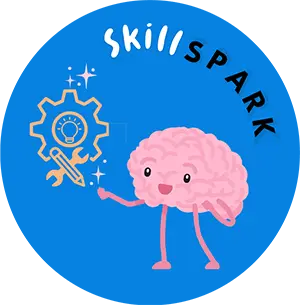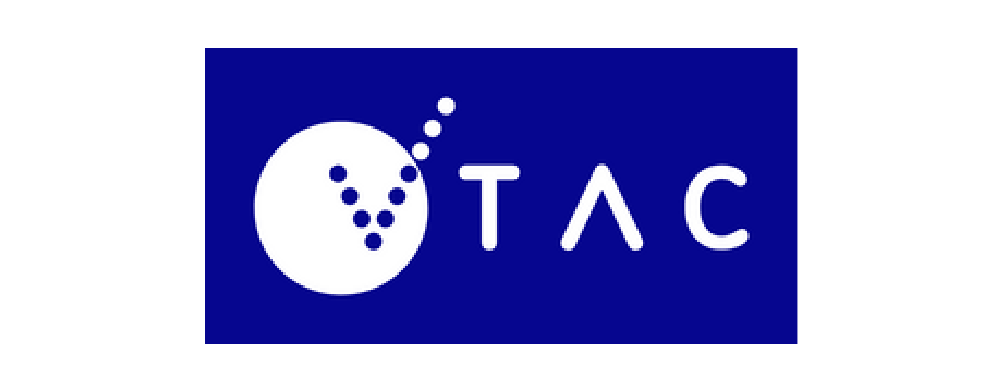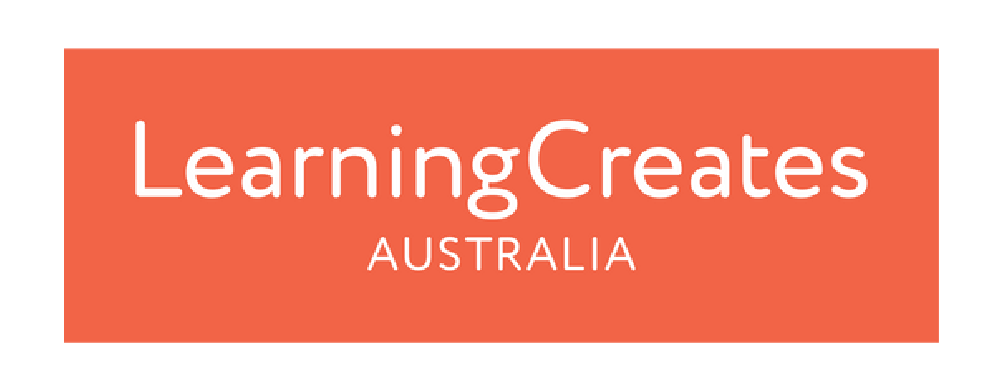What is SkillSpark?
SkillSpark is a new strengths-based pathway enabling students to apply for university using by focussing on their unique strengths, skills and capabilities, alongside traditional criteria.
The pathway is being co-developed with the Victorian Tertiary Admissions Centre (VTAC) and Universities Admissions Centre (UAC) in collaboration with low ICSEA schools and universities across NSW, ACT and Victoria, to positively reimagine their Education Access Schemes (EAS) pathways.

Why does SkillSpark exist?
SkillSpark offers universities a way to see more of the young person who is applying in a transparent way with evidence they can rely on.
With over 90% of new jobs requiring post-secondary education, young people need support to pursue further education. Students from low socio-economic communities are disproportionately affected by key factors in their ATAR ranking—socio-economic status, postcode, and school. The pathway aims to develop a fairer and transparent admissions pathway that recognises a broader range of skills and attributes.
Current educational access schemes allow universities to admit students using criteria beyond ATAR, but these are often inconsistent, unclear, and fail to reflect the necessary skills for success at university. They also often focus on disadvantage and negative events, making application processes re-traumatising for students.
Our new approach will shift this by recognising essential skills like tenacity, communication, and problem-solving, alongside academic knowledge. This benefits disadvantaged students who develop these through non-academic activities like working or caregiving, which traditional assessments fail to capture.
The pathway includes application preparation activities, application tools, and evaluation of impact/potential for broader systemic innovation.
Together, VTAC and UAC cover three jurisdictions and more than half of the year 12 cohort who apply to university each year, presenting a large opportunity for impact. Working together creates the opportunity to streamline and make current processes more transparent and utilise collective expertise to support innovation and scale.
How does SkillSpark work?
SkillSpark uses attributes (or characteristics) identified by universities as ones that support young people to succeed in higher education. Through the application process, students can describe their real life experiences, passions, extra activities and responsibilities outside of just the classroom, to show universities the value they will bring with them to their university study. Their applications are then verified by a responsible adult, identified by the student. The skills and attributes are grouped into five areas:
ENGAGED CITIZEN
Care / Courage / Conviction / Compassion / Ethics / Citizenship / Contribution Social Awareness / Social Impact / Self awareness / Empathy / Initiative / Agency / Autonomy
An Engaged Citizen is aware of themself and those around them. They act inclusively and respectfully of others’ beliefs and values. They demonstrate autonomy and a well-developed sense of personal responsibility.
Why does SkillSpark exist?
A trial of the pathway is underway in 2024 for 2025 university admissions and will initially be piloted with a focus on two of the attributes (engaged citizen and tenacious learner) and through an analog tool with partner schools and universities across NSW, ACT, and Victoria.
Resources to support young people and schools have been co-developed to help applicants understand and present their skills, enhancing application experiences, quality, and success. Through the first intake, valuable insights from students, schools, and universities will be gathered to enhance applications and uptake for the following year.
Through SkillSpark we aim to demonstrate:
- Enhanced student understanding of their relevant skills and capabilities
- Increased engagement and a more positive experience for students applying through educational access schemes
- Quality applications resulting in university offers and placements for young people from low-SES backgrounds
- An improvement in success and retention for students admitted using broader criteria
- Capturing learning that happens both in and outside of the classroom
- More transparent, equitable and accessible university pathways in Australia
SkillSpark is powered by




